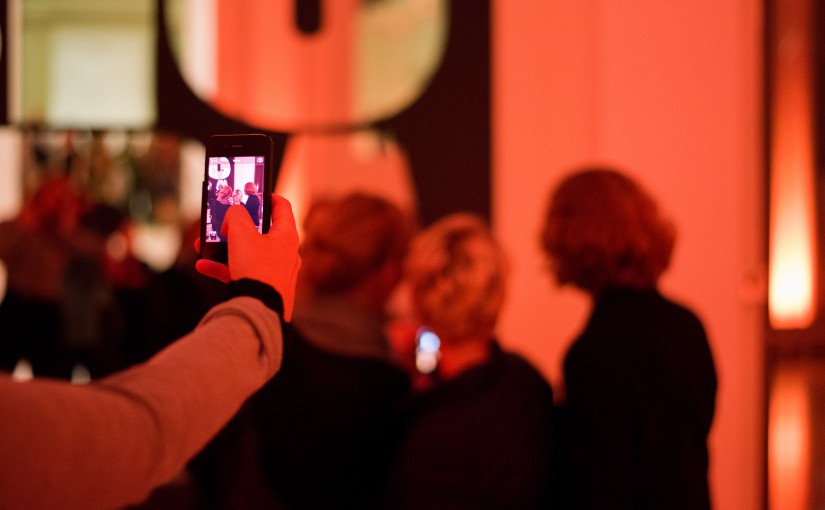We used to fret over directing traffic to our own websites. Then we expanded our perspective to include all our channels. It’s time for the next leap: The one where we forget ourselves entirely.
It comes up all the time. The disparagement that museums (and indeed other institutions) are not fulfilling the true potential of social media. The idea – if you’ll allow me to paraphrase – that social media should usher in a golden age of democratic equality where museums are but partners in an enlightened, free-flowing dialogue. If you subscribe to this ideal, and then glance at the Facebook pages of your local museum you are likely to despair. What you see, very often, is at least partly marketing-like (“Oh no, look! They’re doing push communication!”) and dialogue is often sparse.
But here’s the thing: DON’T look too closely at those official feeds. Doing so is akin to your reporting in 2005, the time where your main measure of online success was traffic to your own website. Thankfully, we (mostly) managed to challenge this too-simple metric to include all our channels. Of course, we said, it does not make sense to think of the website as the ultimate destination when people can be inspired on Twitter, sign up for events on Facebook etc. It was the right argument at the right time. But now we need a similar shift in our priorities, our thinking, and our reporting.
Most of our social media strategies specify conversation and community-building as main goals of our efforts. In my view many museums are doing really important work to stimulate these conversations, but we don’t necessarily see it on our “owned” profiles. We see it as the result of making high-quality content easily available, of changing photo policies and of inspiring guests to talk and share. Museums provide building blocks and frameworks for conversation but these conversations largely take place in whatever contexts people find relevant.
In other words: We need another KPI revolution. We need to further minimize the us/them distinction. I like to say that “the strategy isn’t us, it’s them” but let me be clear: It’s really both. Museums can play an important role in stimulating conversations around their subject matter – a job that requires time and effort – but to measure that success in likes, engagement and mentions to some degree misses the point. We need to measure how our materials are used and the far more indirect ways in which we stimulate interest.
Is this broader conversation much harder to measure? Yes. Are our reporting tools tailored to this broader perspective? No. But if we allow ourselves to be guided by our tools we’d still only be comparing unique visits via Google Analytics.
On an endnote: To the skeptic this may sound like a cop-out. Like changing our reporting just because we couldn’t fulfil our goals. But it really isn’t. The goals remain (largely) the same, the effort required is equal or greater, and it’s only our old-fashioned – and rather self-centred – KPIs that need to change. And once we do, it’s very likely that we’ll stumble on all those conversations that some people vainly want to only appear in the official Facebook feed.
